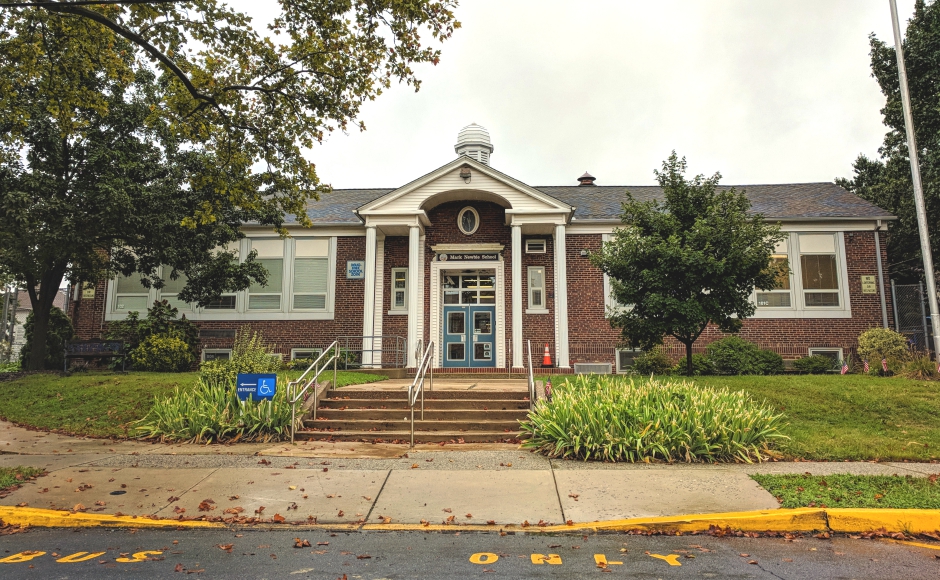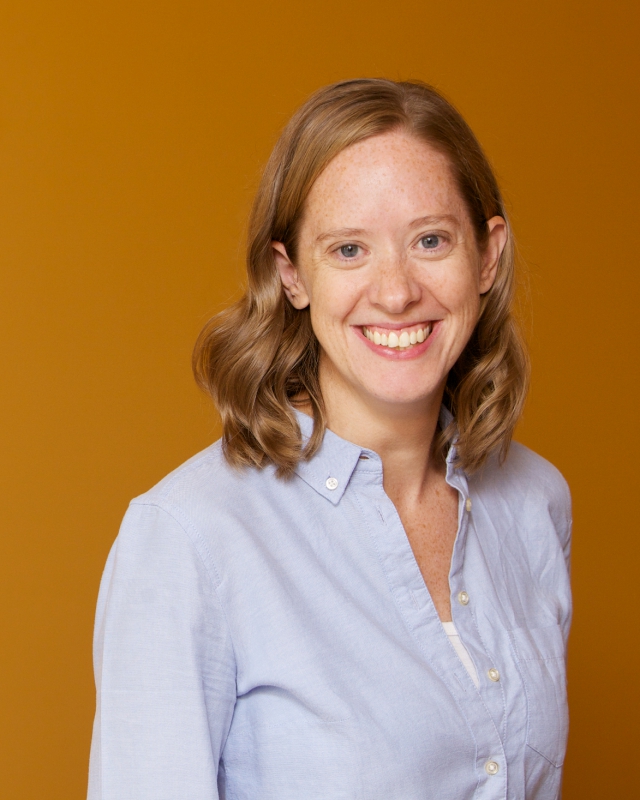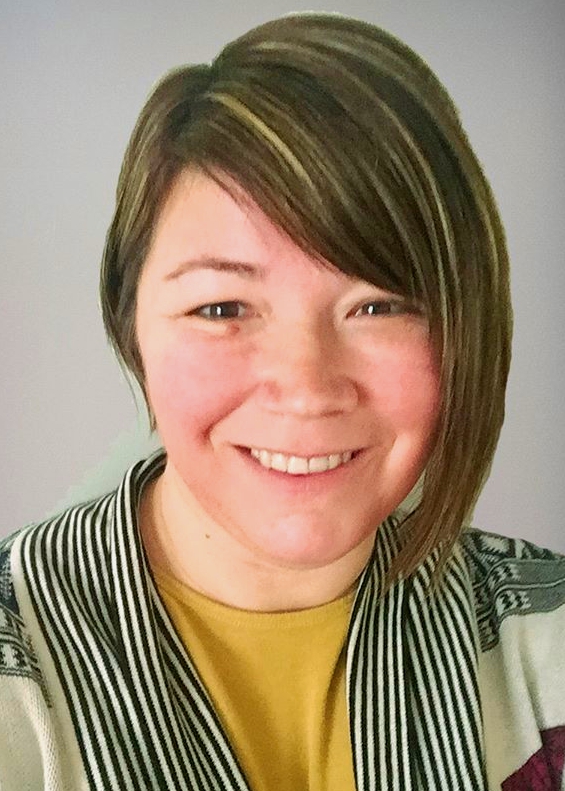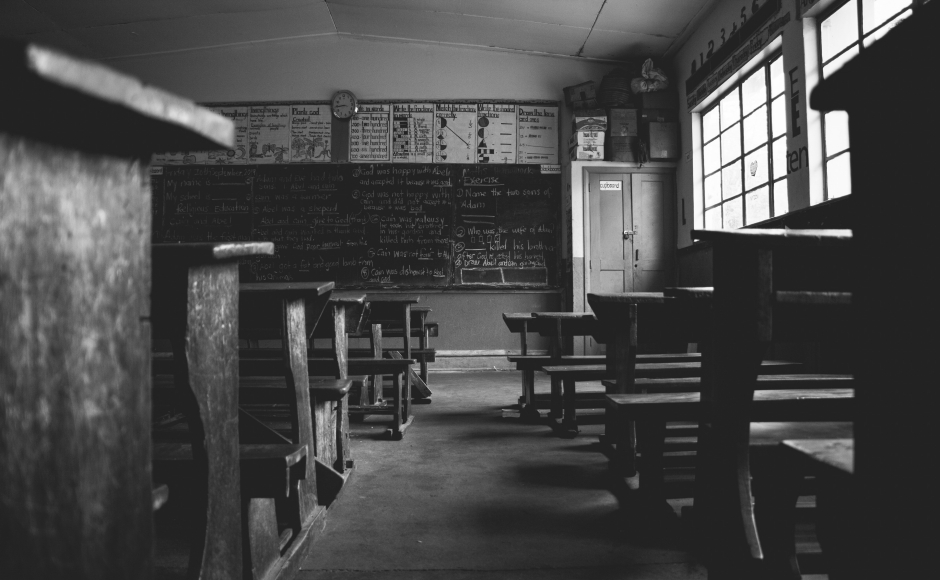Members of the local school board say the permanent budget increase is necessary to endow a full-time counseling coordinator and after-school services for families.
By Matt Skoufalos | October 22, 2019
This Election Day, the biggest local question Collingswood voters will decide is whether to approve a permanent increase to the borough school budget specifically dedicated to mental health services.
Dubbed the “Collingswood Strong” initiative, the $225,000 ask amounts to about a $48 annual increase for a home assessed at the borough average of $229,000 (click here for a tax impact calculator).
A ballot question is the only way for a school district to fund a permanent, ongoing increase to its annual budget, and, if approved, the costs would roll into the district base budget thereafter.
The initiative would provide a consistent point of contact for mental health services in each elementary school by hiring a counseling coordinator—a school psychologist or certified social worker—to manage caseloads, while also creating after-school opportunities for families to receive additional counseling.
Of the proposed $225,000 cost, $100,000 would be allocated for the coordinator’s salary and benefits, and $125,000 for after-school therapies accessible to families and students. These would supplement what the district already provides.
‘One of the major needs within the district’
Members of the borough board of education (BOE) say the additional services can help fill gaps for kids who need them at an age in which student anxiety is at an all-time high and resources are scant.
According to a recent report from the New Jersey School Boards Association, mental health services are in need of a drastic overhaul in the state public school system.
Among other of its findings, 16 percent of students have “seriously considered suicide,” and half of those aged 8 to 15 and diagnosed with a mental illness did not receive treatment last year.
Nonprofit policy group Mental Health America estimates that as many as two-thirds of young people who need treatment for mental health issues do not get it.
That tracks at the district level, said Collingswood BOE member Regan Kaiden.
In the past 18 months, concerns about mental health have shown up front and center in various public and internal conversations about broader school concerns, she said.
“Mental health is a part of the discussion every time,” Kaiden said. “When we searched for something meaningful to do about it, this [referendum] is what we came up with.”
Collingswood has no certified guidance counselors at any of its five elementary schools, Kaiden said; the district used to float two among them until state aid reductions in 2011 forced local budget cuts that eliminated those positions. Currently, its elementary-level counseling services are delivered by master’s or doctorate-level psychology students.
“One of the major needs within the district is those folks who need even more [support] than our school district can give them,” Kaiden said. “Our counselors are referring [families] to outside services, because they can only do so much during the school day.”
BOE member Kim Brooks said the ballot question also will help improve the impact and quality of counseling services offered within the district by eliminating the barriers to care that frequently prevent students from getting the help they need.
“Consistency is one of the biggest points of this,” Brooks said.
“Elementary-level students really seemed to need it because right now, they have a psychologist who’s there for a year, and then they leave.”
The need for that consistency is reflected in the number and nature of incidents students face that require extensive counseling to address.
In the past year alone, for example, three parents of young children at Tatem Elementary School died, leaving families to manage the emotional fallout with limited resources, Brooks said.
“Tatem last year had a lot of grief in a short amount of time,” she said.
“While the school psychologist we have was really fantastic, it’s really not enough.”
Another 20 students district-wide are on permanent home instruction because they suffer from overwhelming school-based anxiety, Brooks said. Their issues, which include bullying and fears of violence, might be something that more intensive counseling and therapy sessions could address.
“People need to understand that most kids at some point are probably going to have some issue that requires intervention, especially if you look at the number of kids who experience some school-based anxiety,” said parent Susan Gittler, whose child was one on home instruction for a time.
“When you throw kids in middle school with baggage, they just blow up,” Gittler said. “If it’s not taken care of, it’s harder to dig out of holes the further it gets.”
‘The goal is to build this from the bottom up’
Based on the current participation rates among students seen by in-school counselors, Collingswood estimates that 5 percent of its elementary-school student population (pre-K to fifth grade) needs these additional services the most.
Another 15 percent currently seen by the district psychologist could benefit from the extra services the ballot question would create, for an estimated 20 percent of the district in total.
Brooks said the baseline tools that the district already has implemented for the rest of the school population should be enough for 80 percent of the district at any given time.
But the 20 percent that could use the additional help changes constantly; left unaddressed, their concerns could worsen in later grades.
“That 80 percent that might be doing just fine for now,” Kaiden added. “Once this program is in place, when they need it, they can access it.
“The goal is to build this from the bottom up,” she said. “We’re going to start this with the youngest group of kids, and if it’s successful, the hope is when they get to middle and high school, they’ll need it less.”
In addition to paying for a service coordinator, the funds would pay for onsite, after-hours, individual, group, and family counseling from certified mental health professionals. The district is currently in discussions with multiple organizations to see what those programs would look like, Kaiden said.
“We’d like to have a more robust program at the middle and high school too, but we do have services there,” she said. “We’re looking to fill that gap.”
Gittler said that, in addition to helping students, the additional services would help district staff learn how to appropriately intervene in the cases of students who need the extra help. Some of the complicated behaviors that children display are often misinterpreted as disciplinary rather than emotional or psychological, she said.
“My child had school-based anxiety, and it came out as oppositional [behavior],” Gittler said. “It took me two years with someone from the district to understand the cause and effect. People just didn’t have the education.”
Gittler also said she struggled to navigate the insurance system to get her child the necessary services; a full-time coordinator might have been able to help her shorten the window between needing help and finding it.
“There was such a shortage of child psychiatrists, it’s embarrassing,” she said.
“If you have people that have insurance issues, language issues, trying to negotiate the system almost becomes a full-time job time to get the resources.
“[With a counselor], you’ve got someone in your corner who can help you.”
Kaiden said that going out to the public to seek additional, recurring costs for the borough school budget is a difficult ask. She said voters should understand that the value of the additional counseling doesn’t just apply to the population of students who need it at the time, but that it’s “an investment in our kids.
“Everyone most likely knows someone who could benefit from this,” Kaiden said. “Even if you feel like your kid isn’t going to need these services, everyone knows there are kids in your classrooms who aren’t getting their needs met.”
If mental health services are more readily available, “perhaps more attention from the teachers could go for academics and less on behavior management,” she said.
Gittler said the cost metrics of the ballot question are also more affordable than other alternatives, including present interventions.
“You’re paying for a home inspection, the district pays $35 an hour for tutors—and if you don’t have an IEP it’s five hours a week,” she said. “If a patient gets sent for intensive inpatient or outpatient [treatment], it gets expensive. And then there’s the kids who never get back to school, their anxiety’s so bad.”
Brooks maintains that the ballot question is fundamentally one of equity. Additional mental and behavioral health services will not only serve current students, but also can help build additional capacity for the needs of future classes.
“Consistency is one of the biggest points of this,” she said. “We’re looking for as many different ways to remove barriers as we possibly can.”
The BOE will host a pair of public information sessions for voters ahead of Election Day. They are slated for Thursday, October 24 at 6:30 p.m. in the Mark Newbie School cafeteria and Monday, November 4, at 7 p.m. in the Zane North cafeteria.








